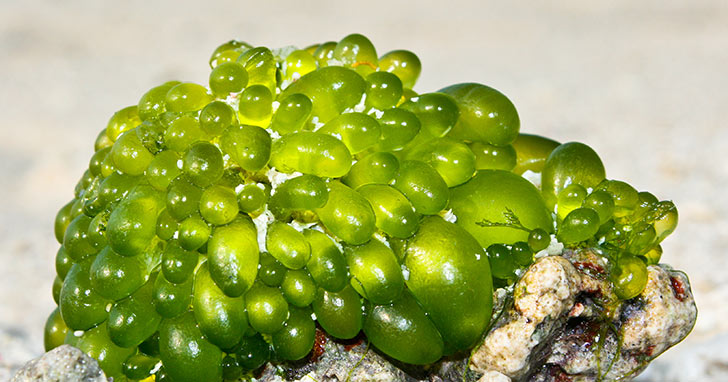
Algae Identification in Saltwater Tanks and Proper Removal
Marine tank algae, like Bryopsis, Caulerpa, and Green Hair, thrive on excess nutrients and light. Manage with regular cleaning, water changes, light control, and algae-eating species. Proper care prevents growth and keeps your tank healthy.